|
Dog Walks Scotland Books - Back story
As a regular reviewer I have contributed to Dog Friendly magazine for many years. Last summer, James – Publishing Manager, called to query whether I knew of any dog walking guide books relating specifically to Scotland. Surely, there must be several… On checking – James was right, there appeared to be none. Like many other freelance creatives, the events of March 2020 meant a loss of live work as lockdown dawned. Having travelled across Scotland and living in East Lothian alongside my best pal Bertie, a working cocker spaniel, together we have clocked-up, recorded and compiled many trips across mainland Scotland and many of the islands. Bertie though, covering far more ground than I! The result; a healthy back catalogue of notes, photography and local information. Scotland is unique, with a wonderfully dog-friendly capital, and increasingly rugged, wild country the further north you venture. Legally, the situation to walking and camping is quite different to the rest of the UK too with the so called ‘right to roam’ act. There is so much history to discover including some of the rarest rocks in Europe. Waves of ancient civilisations have left their mark with many sites of rock-art dating from thousands of years ago. With a wealth of locations, choosing your next adventure can be daunting… vast forests, glens, lofty remote mountains and a theatre of wildlife. The perpetual shifting light along the 6,000 miles of coastline – 10,000 including the strings of islands. Plus more than 30,000 sea and freshwater lochs… Scotland is the perfect canine adventure too. The sunniest place is the South east and, of course, the West benefits from the Gulf Stream, meaning you’ll discover starfish and palm trees along the coasts. Largely free of food miles, the rich and diverse landscape provides a lush habitat to nurture a natural larder too. From west-coast shellfish, Highland venison, Aberdeen Angus beef and haggis. All washed down after a long day outdoors with ales from a scattering of artisan breweries or a dram or two of whisky from the 150+ distilleries and the freshest mineral water. Desk bound With strict local travel restrictions in place and a surplus of time on my hands, I decided to set to work in earnest. I began compiling a list of potential routes and contents from my archives – without the need to travel of course. Designing a template, gathering photography, writing routes and illustrating the maps. Revisiting the stories from my desktop, Bertie and the many friends had shared in previous years’ – a joy in very restricted times. The books developed a personality, reflecting the landscape and the times spent with our best friends, including added editorial themes from my years of working in magazine publishing. Alongside useful step-by-step routes and factfile panels, the two books took shape – Dog Walks South Scotland and Dog Walks North Scotland. Many routes are designed for stopping off on the popular main routes of the A1 and NC500, avoiding stiles or deer fences – many of which can be over eight feet high! We have provided alternative routes for any harder sections, meaning all routes are suitable whether your best pal is a Dachshund or a Deer Hound. The project snow-balled, becoming a desk bound journey – literally reliving the 430+ miles of trails in the books. A positive use of the depths of winter, unable to travel, visit family or friends for Christmas. Recalling the times shared with our dogs – living in the moment, making walking memories and connecting with nature. Following eight months of writing, reading and ‘Zooming’ alongside our sub-editor Helen – based in Cambridge. The books went to press on 16 April. The printers provided digital colour proofs just after Mayday. I specified sustainable paper as a ‘must’. The pocket sized books feature hard-wearing matt laminate covers with flaps – making them ideal for stowing in a rucksack. The finished books landed both here and at the Dog Friendly offices in glorious 3D on 12 May and are now available from our sister site - Booksmith bookshop: book-smith.org/store/ The fast-paced digital times we live in, alongside tourism initiatives such as the NC500 have encouraged more people to discover Scotland and the Highlands, many attempting to complete the route at speed… However, I urge – take your time – follow nature’s rhythm – although this directive may not always apply to a spaniel! With increasing numbers of us alongside our best friends reconnecting with our landscape since last spring. Collectively we have discovered the joy and benefits of a slower pace of life. Connecting with nature makes us happier, healthier and creates memories that will last a lifetime. As I write the opportunity to venture out once more – a visit to the Isle of Mull in the spring. Walking once again in the moment with our four-legged friends. Stay safe, stay curious! Tracey, editor On sale now: book-smith.org/store/
1 Comment
The east coast of the UK is often regarded as less of a wild proposition, when compared say, to the rugged west coast of course. There are fields in East Anglia where the land is actually below that of mean sea level! Wild Times has cycled the stretch of Northumbrian coast known as the Coast & Castles, which featured in our 2017 journal. A stunning route punctuated by huge brooding castles and vast stretches of pristine sand. The going is largely straight-forward until, that is, you approach Berwick-upon-Tweed and the border with Scotland.
Having hiked the Berwickshire coast path in 2019 – published in Trail Magazine in April 2019 – I can confirm that the stretch of coast from Berwick to it's northern namesake of North Berwick Is indeed packed full of up and down, fossils and piles of history. While compiling this route, I traversed the intriguingly named 'Fast Castle' - but on a mission to finish the route in-hand, I made a mental note to return. So it was, on 2 January I decided to make the trip. Armed with a sparkling sunny day and eager to blow the festive cobwebs, Bertie and I set-off to discover this most dramatic niche of easterly coastline. Driving along the Berwickshire coast road to Dowlaw (NT856702) there is a lay-by adjacent to the farm. Fast Castle is sign-posted from the summit of Telegraph Hill (570ft) through a coppice of pine trees and following a steep heather clad path downhill for 2km. It is an exposed route with a 180 degree wall of sea in front of you. According to legend, the hapless Mary, Queen of Scots visited here in 1566 en-route to England. I'm truussed-up in Gore-Tex, my trusty old Raichle 3-season boots and stabilised with a pair of adjustable Easton walking poles. Bertie is in his handy Mountain Paws harness as we make our fast descent, my thoughts juggling with the idea of the young queen undertaking this journey clad in bodice and skirt! Perhaps she came by boat? I somehow doubt it looking at the sheer-sided peninsula jutting out to sea in front of us. The grassy hummock on which the castle stood was originally accessed via a wooden drawbridge. Today a stone bridge spans the gap. The rusting iron supports and chain-link railings, dating from 1921, offer a sense of security from the sheer drops either side. Care is needed as the consequences of a slip could be severe and possibly fatal. At the far end of the bridge there is what in mountain speak is known as a 'bad step' – a smooth slab of rock some three feet high. There is though, a worn foot-hold halfway up which helps straddle the void onto the steps above. Bertie slipped back twice in his eagerness, which is why his harness which features a handy grab-handle along the top – is an essential piece of kit for days likes these. Once you reach the rocky knoll, the surface is far more uneven than appears from a distance. According to archive drawings, the entire peninsula would have been surrounded by a curtain wall to accommodate sufficient living space inside. Accounts differ as to whether access could have been gained from the sea, though this may have required a precarious mooring alongside the rocks below and most certainly a ladder too. There is little left of the original keep aside from a pristine section of wall along the northern edge with an apparent seamless join to the rocks below. A pleasing stone lintel and a carved drainage gulley below it, give an insight into the quality of the original build of what must have been a diminutive castle keep. Apparently, it was badly damaged by lightening in 1871. I can report however, that perched there on a rock with coffee and Christmas cake in hand – a gust of wind spraying my drink from inside the cup – it is easy to imagine that time and tide gradually ate away at this long forgotten place. With increasing gusts we take our leave back up the cliffs to the summit of Telegraph Hill. To a modern slab of rock featuring a brass-rubbing sculpture by local artist Jill Watson who happens to be the spouse of celebrated local architect Ben Tindall who owns the nearby conservation fishing harbour of Cove. The full feature will appear in the 2020 issue... #fastcastle #berwickshire #raichle #mountainpaws #easton 3000 hardy trail runners will be heading to Traquair House, Innerleithen, in the Scottish Borders, for The Mighty Deerstalker, the biggest and the toughest 'do it in Tweed' themed night run to be staged in the UK, when it returns in force on Saturday 16 March 2019 with The Double Stalker, a new character building two lap option (double distance, double obstacles and double 1824ft ascent!). Having been forced to cancel the 2018 edition due to the ‘Beast From The East’ The Mighty Deerstalker, s back on their event calendar in 2019. Jim Mee, MD of Rat Race Adventure Sports, said: “We’re thrilled to be back for 2019 after our hiatus caused by the unseasonably extreme weather of March 2018. With our biggest field ever, it is clear that the event is much loved and cherished. When we set out to create the legend of the ‘Stalker back in ‘06, we never thought it would become quite as legendary as it has. Long live the notorious Mighty Deerstalker!” The Rat Race team set the fully waymarked route of this the most outlandish trail running event in the British calendar, whose true distance is a closely guarded secret. They send tweed clad, head torch wearing runners off in eight separate timed waves to wade across freezing cold rivers, navigate through dense woodland, vault over straw bales, contend with gloopy mud covered banks, balance along log beams, scramble up a vertical scree slope and jog up and over a mountain or two, all in the pitch dark of a chilly March night. This year Scotland’s original endurance adventure challenge, offers the Half Stalker (half distance), the Full Stalker (full distance) and the bonkers new Double Stalker; together with the equally infamous Mighty Beerstalker after party and the camping and glamping. With this utterly exhilarating and audacious challenge in the rugged Tweed Valley taking an average of 167 minutes to complete, runners need to be physically and mentally tough. Yet none more so than those Bravehearts who have signed up to take on the new Double Deerstalker, a gruelling two laps of the Full Stalker course. With 2018 entries automatically deferred to the 2019 event, organisers are looking forward to welcoming at least 3000 elite athletes, weekend warriors and first time have-a-go heroes, 50% of whom will travel to the Scottish Borders from outside Scotland. In partnership with Children with Cancer UK, the leading national children’s charity dedicated to the fight against childhood cancer www.childrenwithcancer.org.uk. So a great cause too. Photos: Rat Race Adventure Sports Sunday 11 November 2018
Facebook has its uses. Being something of a last-minute specialist, I decide on Friday afternoon to attempt my planned 'Coast & Castles' charity bike ride. On booking a one-way train ticket from Dunbar to Newcastle-upon-Tyne with Cross-Country trains on Friday evening. The instructions to book my all important travelling companion and bicycle, directs you to their Facebook page. Slightly scepticle, I duly send a message requesting a booking. Although this is a massively popular cycle route in summer, I reckon November maybe be a quieter service. Sure enough, 'Peter' messages to say its done. There's no going back now. Back in June I signed-up to Winston's Wish 'Hope100' campaign to complete a 100 (somethings). I could have plumped for 100 cup-cakes or 100 push-ups. But, I decided, thanks to my coastal location on cycling the 100+ miles home from Newcastle along the coast. June came and went, so did summer. The reason, too much work to have a break away. Then a letter landed on the mat from The High Court in Edinburgh. Jury service in September. That put paid to an autumn ride. Last July marked fifty years since my mother died aged just 29 years of age. I was very young at the time. Obviously, the grief was unspeakable and the void immense. The legacy of this difficult time is woven into everything I do. Undeniebly, families can struggle collectively to support one another, as each person is obviously dealing with their own grief. In those days there was no counselling, and no goodbye either. I was denied attending my mothers funeral. My grandparents though, were thankfully, a steadying influence during the ensuing years. These days there is a great charity called Winston's Wish, who specialise in helping bereaved children and their families cope with times like this. The shocking statistic is that, on average, some 100 children lose a parent every day in the UK. They run a 24hr helpline, as well as one-to-one counselling. I first heard about them on a BBC Radio Two interview last November while driving through Argyll. It resonated so powerfully, so I contacted them about helping raise the charity's awareness north of the border in Scotland. On Friday, 9 November, I checked the weather forecast and decided to just go for it – inspired by the forthcoming 100th anniversary – Armistice Day. My 100 miles would be my personal marking of this occasion too. Packing my bike panniers in the dimly lit garage with lightweight essentials, and checking the all-important lights and tyre pressures. My neighbours give me a warm send-off, as I leave my best pal Bertie (the spaniel) in their care from my East Lothian cottage in the direction of Dunbar station, some six miles away. It's a mild morning with favourable weekend weather forecast. I arrive at Dunbar train station in good time. The 09:29 Cross Country service to Penzance is on time. Yes, Penzance. Surely, that's taking the concept of a cross country service to the max! As I suspect, mine is the only bike on the service this morning. Passing along the pristine east coast at speed, we arrive at sunny Newcastle, pet, just an hour later. I love the Geordies, such a warm and welcoming place. They really know how to party here, shading Glasgow, just. I don't think I have ever visited without a hen/stag-party or something going on. It's as if the city has a permanent smile on its face. I turn out of the station and down to the Tyne embankment. As is typical, a lovely, friendly couple point me in the right (easterly) direction showing a genuine enthusiasm and interest in my plans, and off I go, pointing my handlebars into a sharp shard of sunlight, so often found near the east coast. Past the Baltic Centre for Contemporary Arts and the Millennium bridge towards the seaside town of Tynemouth. It's a city promenade morning, with joggers, dog walkers – all taking in the clean air. Smashing. Passing through the industrial port area, the going, becomes much quieter. Alarmingly, I pass no less than three other cyclists all suffering mechanical failures or punctures. I keep an eye out for broken glass. The trail suddenly becomes very busy again at Tynemouth. It's the corner where the Tyne estuary meets the north sea and reminiscent of London Docklands with its oppulent new-builds, circling an immaculate little harbour filled with pleasure craft. Now, reassuringly heading north, I start to travel through more familiar territory such as Whitley Bay, past St Mary's lighthouse. The terrain is very residential and slow-going once more. Eventually, I round Cambois and the river Blyth, where I have rowed a 'double' with ex England squad rower, Mitch on a couple of ocassions. I then meet a dog walker coming in the other direction. One of the woman's three dogs takes exception to my prescence and chases me for a full 100 yards, requring the need for the 'after-burners'. Perhaps my panniered stead is reminiscent of the postman? Passing the sprawling town of Ashington, we join the coast again at Cresswell and Druridge Bay reminding me of fond and romantic days spent courting here some years ago. At Low Hauxley I rest on a now desserted path bench before pushing on to Amble. At Warkworth the night starts to draw-in under the shadow of an enourmous brooding castle. I check my map, I still have a full eighteen miles before reaching the Bluebell at Embleton, my base for the night. The day disappears quickly, becoming pitch-like under the canopy of leafy lanes and leaden skies. Eventually, after many blind twists and turns, like an oasis, the glow of the village away in the distance spurs me on. Chloe, at the Bluebell is used to the sight of bedraggled, weary cyclists and immediately takes me to stow my bike and shows me my room. I jump straight into a hot shower, pure bliss after a long sixty-four miles in the saddle, prolonged somewhat by the apparent shortness of the day. The pub specialises in all things Italian. Italian beer, pasta, pizza – making it the perfect choice for the carb-starved pelaton. Next morning a full English heralds the start of Remembrance Sunday. Somewhat surprisingly, I feel reasonably fresh as I mount my bike and head towards Seahouses. This is one of the locations this morning for Danny Boyle's Pages of the Sea, beach centenary art commissions. I meet a horse-rider, Sheila, who enquires about my ride. When I tell her I am heading for Berwick. "Berwick!" she exclaims. "It's not that far, only thirty-six miles", I reply. "It is on a bike", she replies before wishing me well. At eleven minutes past eleven, I pass through Waren Mill with Holy Island visible in the misty distance. At Belford, Sustrans route 1 crosses the A1 trunk road, heading inland for ten miles before crossing the A1 again at Beal. This is where the trail becomes a decidedly 'off-road' one. A narrow and bumpy 'path' traverses a field full of cattle and piles of pooh for what seems like ages. Half an hour later we thankfully meet a track at Goswick. The gate, accessing it though is a quagmire, so I lift my trusty steed over a stile to avoid covering myself in mud and muck. Passing, literally, through Berwick Golf Club with its bobble-hat topped members, zig-zagging their way behind their electric golf carts, I sense the end is in sight. The route into the walled town of Berwick-upon-Tweed is now spectacular and suddenly very Scottish looking. Approaching the bridge over the Tweed, it starts to gently rain as I pause to admire the pretty wooden Berwick Rowing Club perched on the banks of the Tyne. As I ride through Berwick town centre, the now damp streets are lined by thousands of red poppy petals from the morning service. Poignant. My one hundred 'country' miles concludes with a final push up to my village and home. I've covered 113 miles over two days and I am utterly spent but elated. I'm planning on cycling the route again next summer at a more leisurely pace to admire the many awesome sights with rowing buddies Lou and Helen, coupled with the comfort of longer summer days. Donations still open on the link below: https://winstonswish.charitycheckout.co.uk/pf/tracey-coastandcastles?fbclid=IwAR0rnd0lJEG8M8bEo2B5Rpkl8BpZoJagbXd1VV1f0NtPUTk_FBprMUte-bY www.winstonswish.org www.coast-and-castles.co.uk www.pagesofthesea.org.uk The Long Road To Adventure
Epic journeys are the theme of the 15th Edinburgh Mountain Film Festival 3-4 February 2018, George Square Theatre, Edinburgh Kite-surfing across the Greenlandic ice cap, paddling through the Amazon in a self-made dugout canoe are two intriguing stories among 20 films to be discovered at this year’s festival. The popular mountain festival combines the best mountain and adventure films with powerful presentations from some of the world’s top adventurers including: • Mark Beaumont who recently smashed the record for cycling around the globe. • Sarah Outen MBE, whose ‘London2London: Via the World’ expedition saw her loop the planet using a rowing boat, bike and kayak – a journey of some 25,000 miles that took four and a half years. The festival is a social gathering for Scotland’s vibrant outdoor scene and provides a platform for adventure film-makers. To entertain, enlighten and inspire. It also raises essential funds for Mountain Rescue and the John Muir Trust. Tickets: £8-£14 and are On sale now at: www.emff.co.uk Scotland, Autumn 2017
A few months ago I found a glass bottle at the back of my local beach. It’s a wild stretch of sand with little in the way of apparent waste or litter. The spring-tide had receded and I spied what I thought would simply be a broken bottle-neck peeking from the sand. Imagine my surprise asI bent down to pick it up, it emerged whole. A complete bottle, made of faint blue glass. The only damage, it was half full of sand and sea water. When I returned home and cleaned it up, I could clearly tell it was very old. With no thread in the neck and a slightly lopsided shape, complete with tiny air bubbles in the uneven glass. I checked it out online, to reveal that it dates from somewhere between 1840-1870. It’s incredible to think it has quite possibly languished in the sea from where it tumbled or probably discarded some 150 years ago, before eventually finding it’s way onto the shore. That’s a period that has seen two world-wars and twenty eight prime ministers. The advent of the mobile phone and the invention of the World-Wide-Web by Tim Berners-Lee. More specifically, it has survived 109,500 high-tides before succumbing to a spring tide in 2017. Therein lies the reality. We discard our rubbish without a second thought, it makes it’s way into land-fill or ideally, recycling. But what happens if it doesn’t end in either of those two destinations? Inevitably, gravity pulls it into waterways and rivers, where it will almost certainly end-up washed-out to sea. Forgotten, like this little blue bottle. Out of sight, out of mind – as the saying goes. This item of waste though, is regarded as a quaint piece of ‘junk’. There’s something charming about it’s old worldliness, stirring-up thoughts about who it originally belonged to. And because it’s glass, it’s both re-usable and recyclable. Belonging to an era when junk was more useful than it is today. In those days old pots and crocks were ground-down and used as asphalt along tracks or even as decorative patio material, as per the Bloomsbury set at Charleston in West Sussex. Question. Do we regard plastic bottles with a similar charm or usefulness? With the media ramping-up the discussion on single-use plastics, and how the seas are brimming with our thoughtless disposal of bottles, straws and even tampon-applicators. It’s difficult to consider in a 150 years time when our children’s children, retrieve several or even hundreds of whole plastic bottles from the beach, being held with the same regard and charm as this little blue bottle. That doesn’t mean we need to give up using plastics all together. It’s the single-use aspect that’s difficult to justify. Why buy a soft drink in a plastic bottle only to discard it five minutes later? The energy it takes to draw the fossil-fuel from the ground, make it into plastic, only to discard it minutes later is complete and utter lunacy. This same bottle discarded into landfill will take another 450 years to break-down into something smaller. Considering 90% are not recycled, that’s an awful lot of plastic accumulation. In America last year 50 billion plastic bottles were used, with only 23% re-cycled. Future generations will undoubtedly, look upon our actions today commensurate with other appalling human behaviour such as animal species being hunted to extinction. The problem with plastics making their way into the sea is that they are largely unseen of course. Out of sight, out of mind. But those tides, I talked about earlier, wear-away at these plastics and over time they eventually become smaller and smaller. Known as ‘nurdles’, you may be forgiven for thinking that could be a good thing. But in reality, the danger is, they poison marine life and subsequently enter the food chain, which in turn, ends-up on your plate. This year, Pangea Explorations conducted extensive research into ocean plastics with the first Round-Britain continuous water survey, aboard Sea Dragon, a 72 ft offshore yacht. The scientific results will be published next summer and should make for interesting reading. At the recent forum held at Holyrood, Emily Penn of Sea Dragon explained, “micro-pieces of plastic were found in the Forth, and unsurprisingly plenty were found along the Thames.” The scientists even found a number of nurdles in Loch Ness. Clearly the current level of single-use plastic consumption is unsustainable. There are though, little changes we can all do to alter our life-styles. For example, consider wearing merino wool instead of microfibre or fleece clothing. Or if you do, consider brands such as Patagonia whose main manufacture uses re-cycled plastics. They claim you will never buy a ‘new’ fleece again, if you shop with them. There is though, a statistic that will, I guarantee you, stop you in your tracks. Let’s revisit that number I gave you at the beginning of this article. When I started writing this at nine o’clock this morning, the amount of plastic waste dumped in our oceans globally this year stood at: 7,304,780 (tonnes). It’s now lunch time, the same day and the relentless figure stands at: 7,310,150. I think you’ll agree, these are shocking numbers. It’s changed my shopping and plastic use habits overnight. I have, for a long time used a re-usable stainless steel drinks bottle and food canister when outdoors working. I now use the same drinks bottle whenever out travelling in the car too. I urge you to do the same. Combined, our little life-style changes can have a wider positive impact. You may be thinking, ‘fair-enough.’ But, who’s going to stop Coca-Cola mass producing bottles of pop? Here’s an idea. Because, if we, the consumer, use less of the stuff, then manufacturers and marketeers will have to re-think their strategies. Much like the ocean, we the people have the power to pull at big business and push for a tidal wave of change. www.theworldcounts.com www.kleankanteen.co.uk http://eu.patagonia.com/gb/en/home/ |
AuthorTracey Millier Radnall, Archives
December 2021
Categories |
JournalWild Times journal and it's sub-sections, including Bush Telegraph, Wild Thymes, The Stick and Kin is a creation by Hannah Englekamp, Ben Field and Tracey Millier Radnall.
|
ThanksHomepage photography by: John McSporran, sunrise from the summit of Stac Pollaidh looking towards Cul Mor and Cul Beag. Arthur Millier and Tim Gent for web content photography, Scotland. Thanks to all friends and colleagues who have appeared in photo shoots on our behalf.
|
|



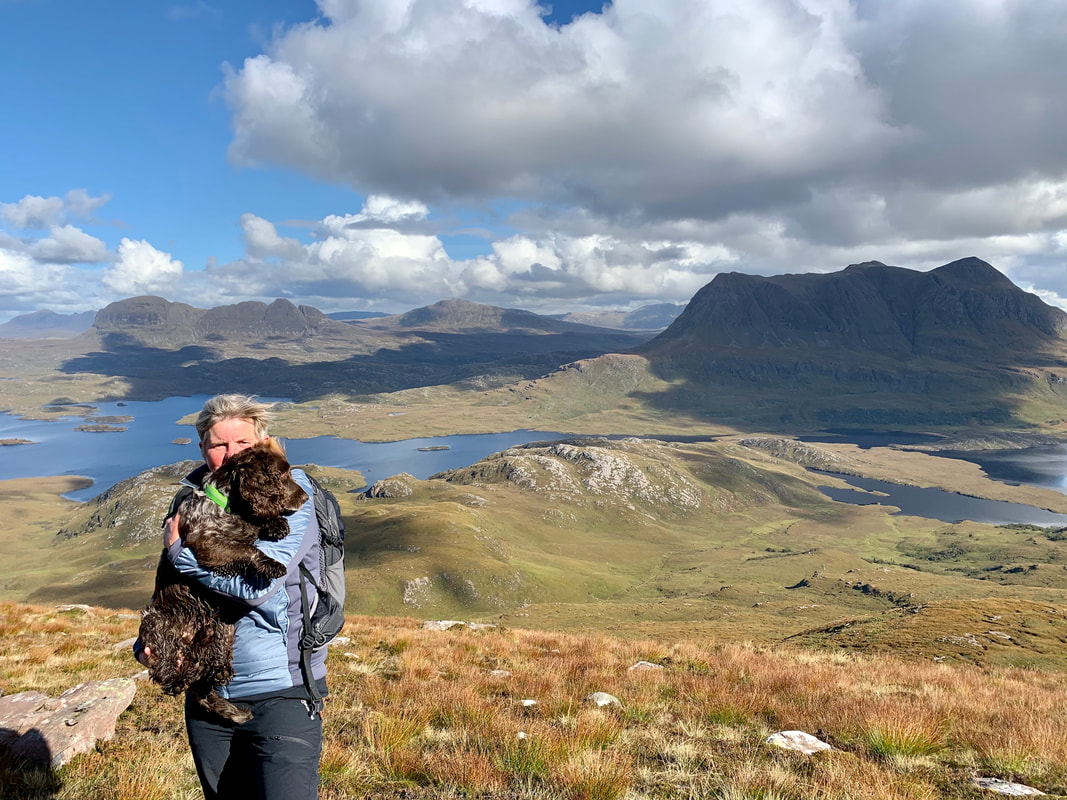
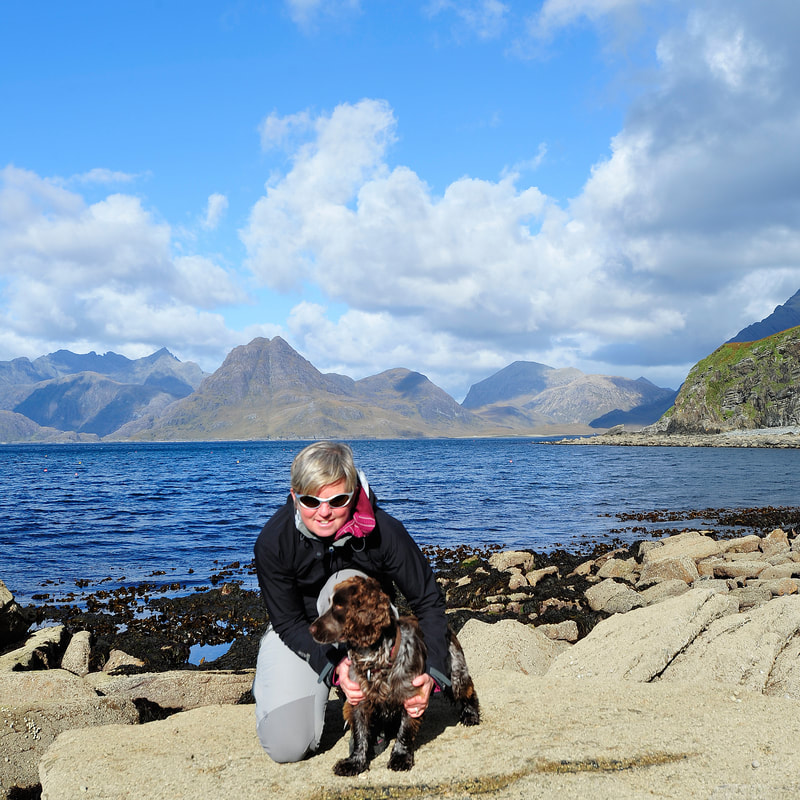



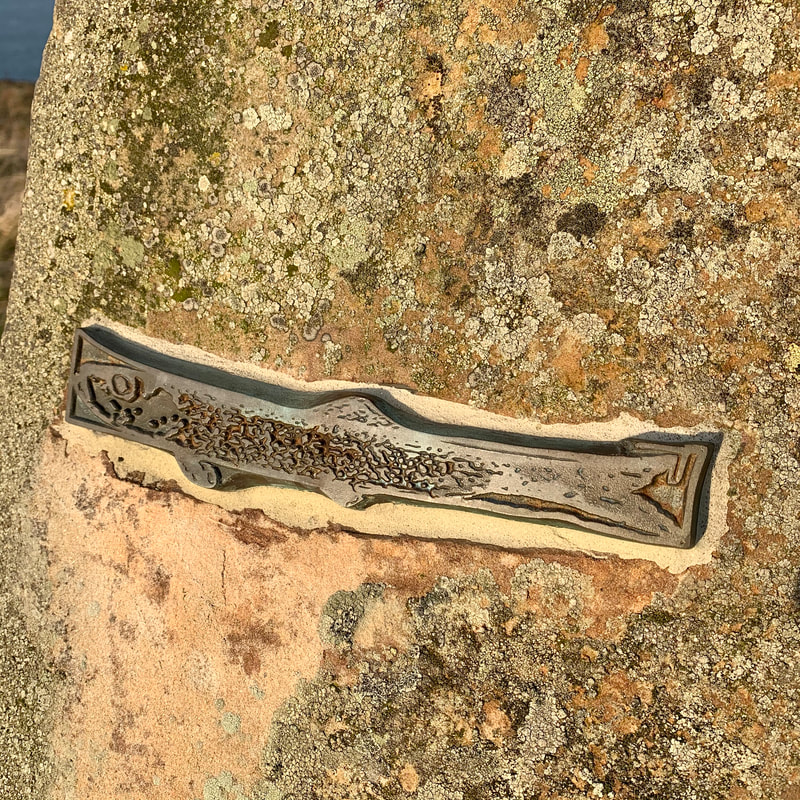
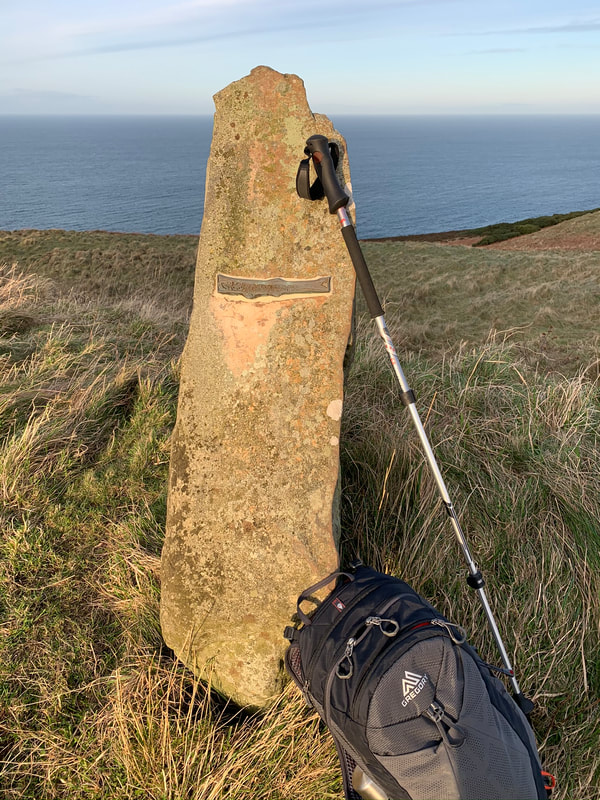


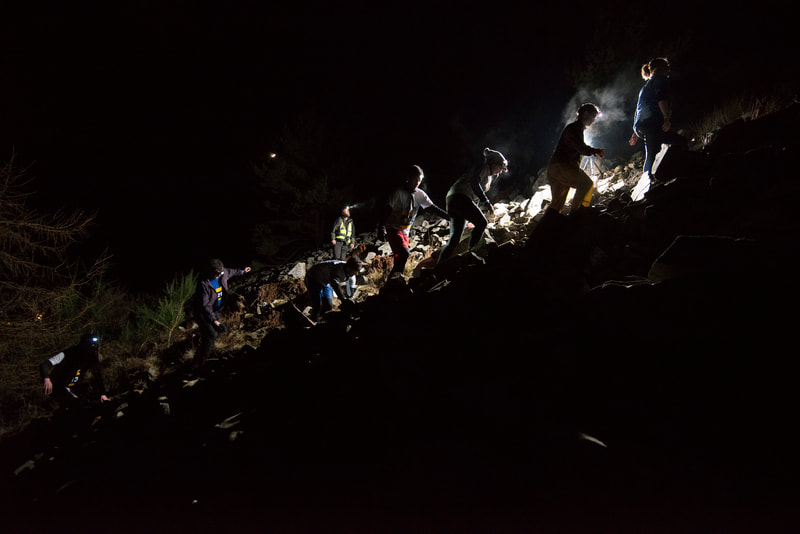
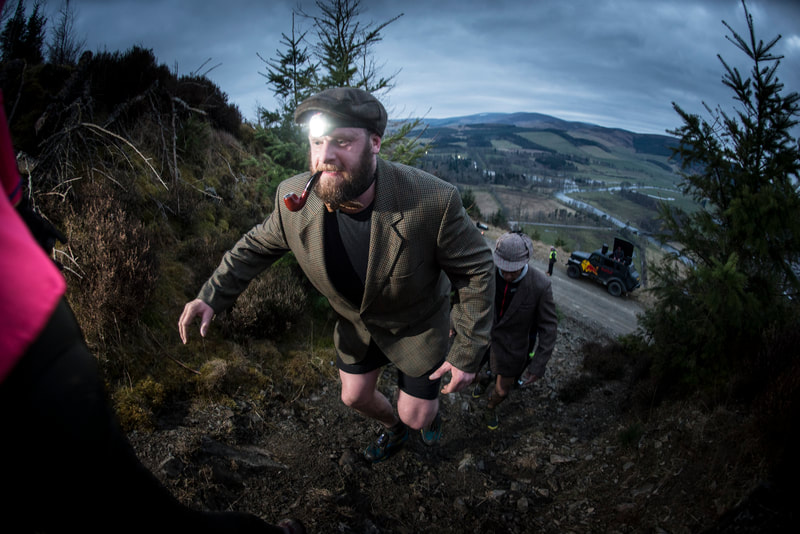

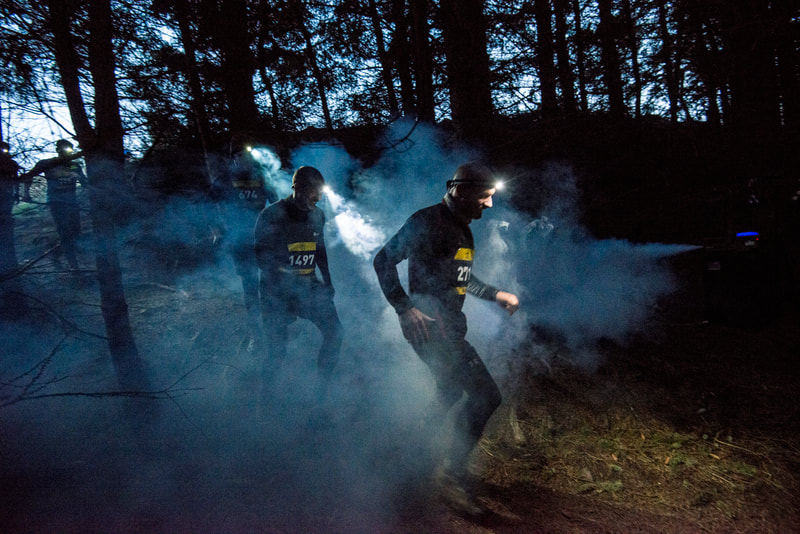
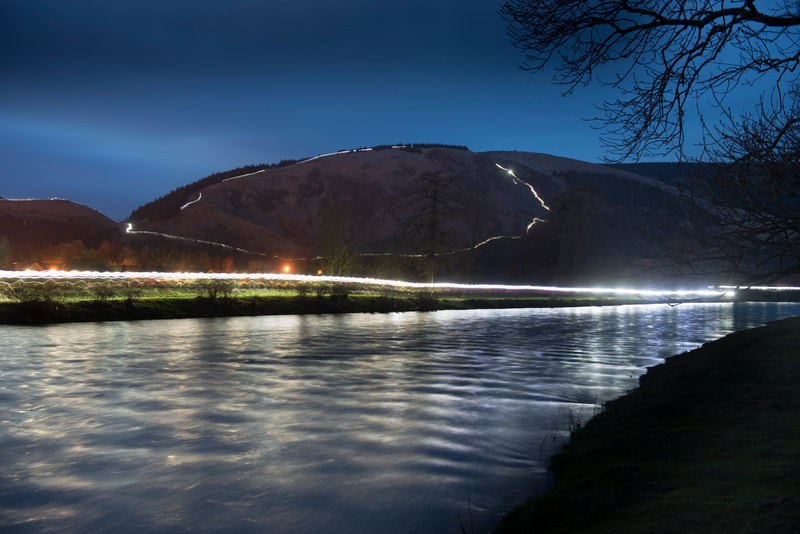
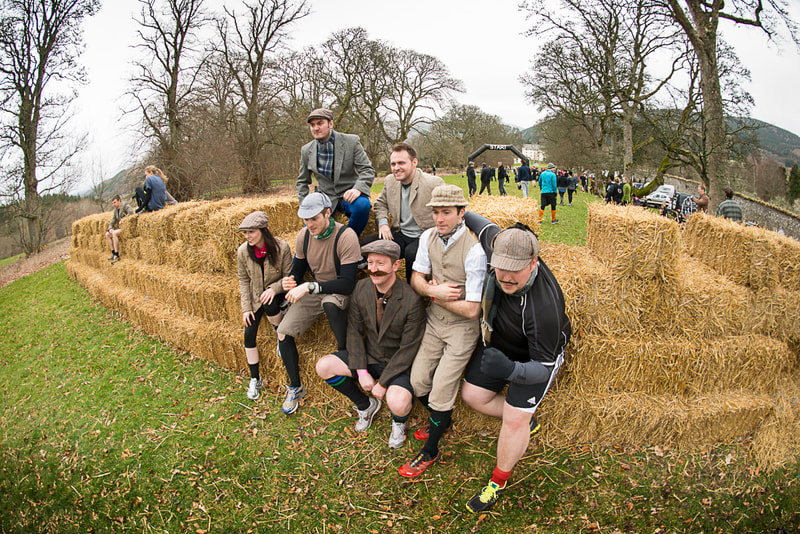
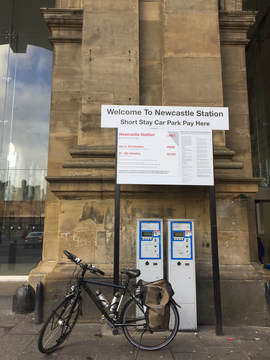
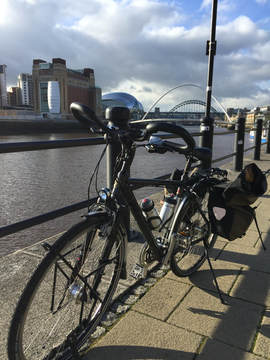
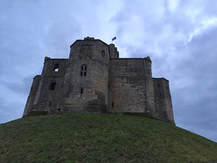

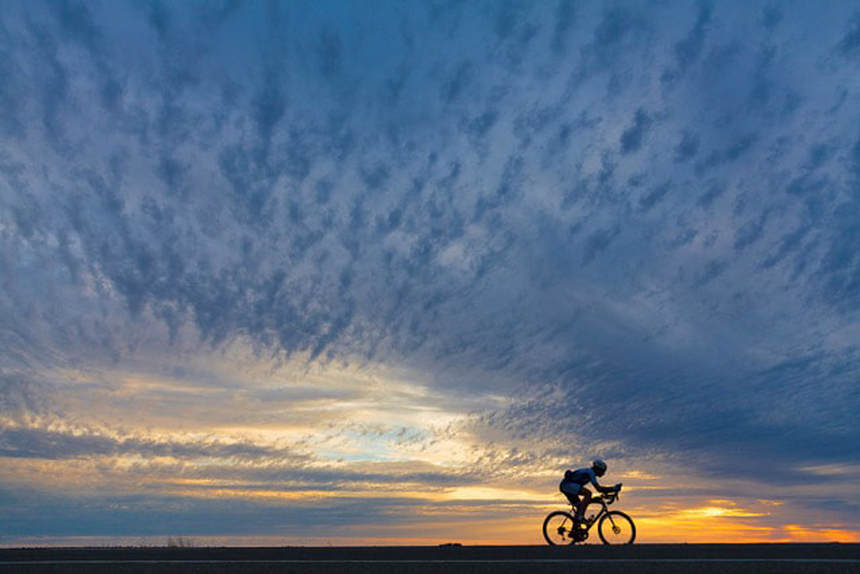
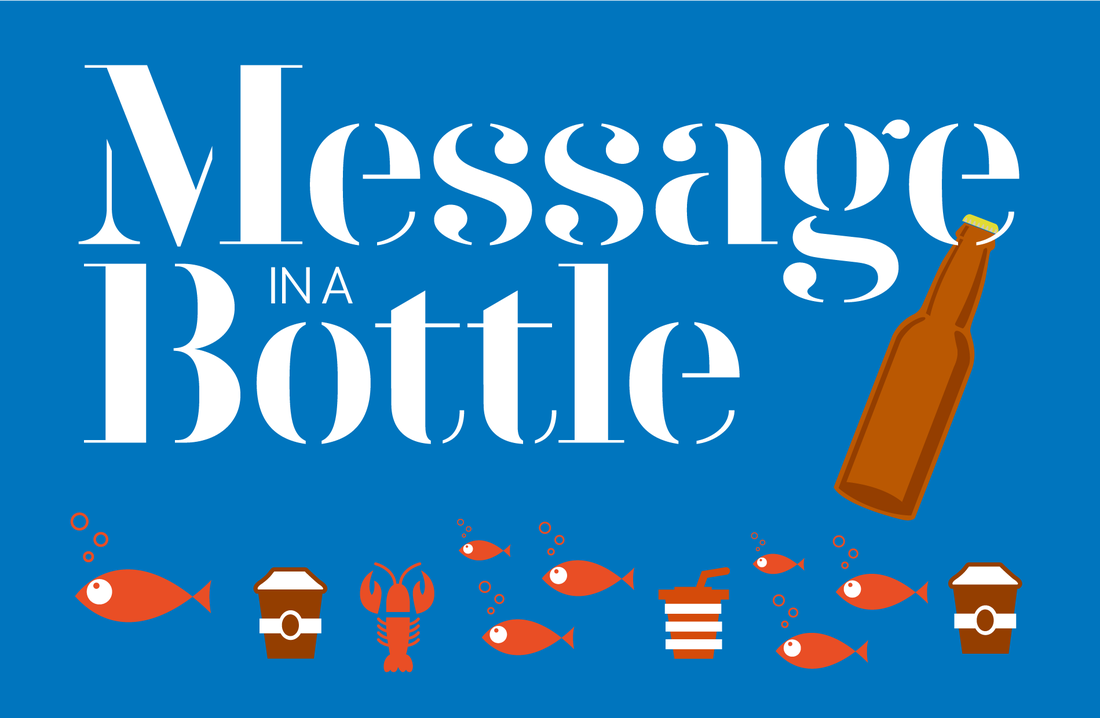
 RSS Feed
RSS Feed
